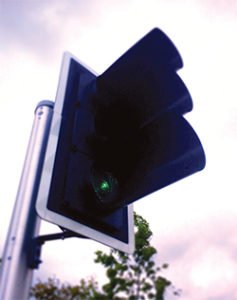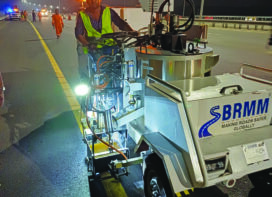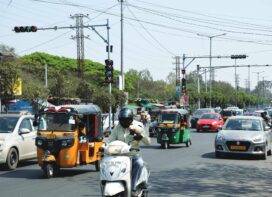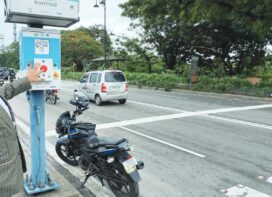Challenges to the mobility component
Having established the part the consultants play in integrating the transport constituent in the complex scenario of smart cities, the issue that arises next is the challenges faced in doing so. Says Bhattacharya, “The key challenges in creating the traffic infrastructure and related management processes in new cities could include five major aspects. They are:
 Balancing traditional community expectations and the needs of a modern transportation system:
Balancing traditional community expectations and the needs of a modern transportation system:
Varied examples arise where proposed Bus Rapid Transit systems have been unsuccessful due to the emphasis on the private car.
Increased Commuting duration:
An important factor behind this trend is related to residential affordability as housing located further away from central areas (where most of the employment remains) is more affordable.
Promotion of non-motorized transport:
Due to the congestion caused by ever increasing flow of traffic, the mobility of pedestrians, bicycles and vehicles is likely to be disrupted, which leads to challenges for developing non-motorized transport in new cities. City Governments will need to evolve strategies on providing appropriate infrastructure to support these new technologies and transfer these innovations into higher polluting sectors such as freight and transit.
Lack of public Space:
Increased traffic infrastructure has adverse impacts on public activities which once crowded the streets such as markets, processions, games, and community interactions. These impact the cultural vibrancy of the cities.
Cost of Maintenance:
Transport infrastructure in new cities faces growing maintenance costs as well as pressures to upgrade to more modern infrastructure. Few cities seem to delay the cost of maintenance of traffic infrastructure. Delayed maintenance is rather common since it conveys the benefit of keeping current costs low, but at the expense of higher future costs and on some occasions, the risk of infrastructure failure. The more extensive the road and highway network, the higher the maintenance cost and the financial burden”.
 TrafficInfraTech Magazine Linking People Places & Progress
TrafficInfraTech Magazine Linking People Places & Progress


